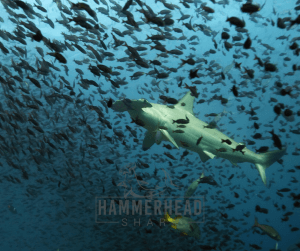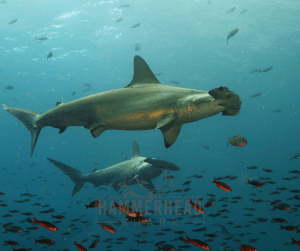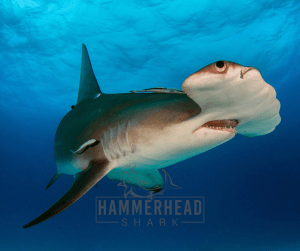Sharks, the biggest predators of the oceans, are known to migrate long distances, primarily for mating, giving birth, feeding, and in response to seasonal temperature changes.
Some shark species are known to migrate long distances to find a mate and reproduce! Once mating is done, many shark species will journey back to give birth to pups. After the shark pups are born, the females were then seen to return to mate once more.
The pursuit of suitable food sources is another main reason for migration. Sharks are known to follow marine mammals, including seals and sea lions, who move, in turn, following fish and temperature changes.
Weather/ climate is another factor, prompting sharks to travel to lower temperatures where the food sources are prioritized over chasing heat.
The Great Hammerheads show philopatric behaviour by making a return migration journey after leaving a specific area in search of mates or food. Seasonally, they are known to inhabit specific locations and exhibit site loyalty, returning to the same spots constantly over a number of years.
Some sharks are known to return to the Jupiter, Florida and Bimini, Bahamas areas after travelling as far north as Virginia, US, a return trip of approximately 3,000km. However, research is inconclusive about the reasons for migration an individual hammerhead undertakes.
Scalloped hammerhead has been tracked as far south as the Abrolhos Islands, Australia. Interestingly, hammerheads are known to migrate to the poles in search of cooler climes.



